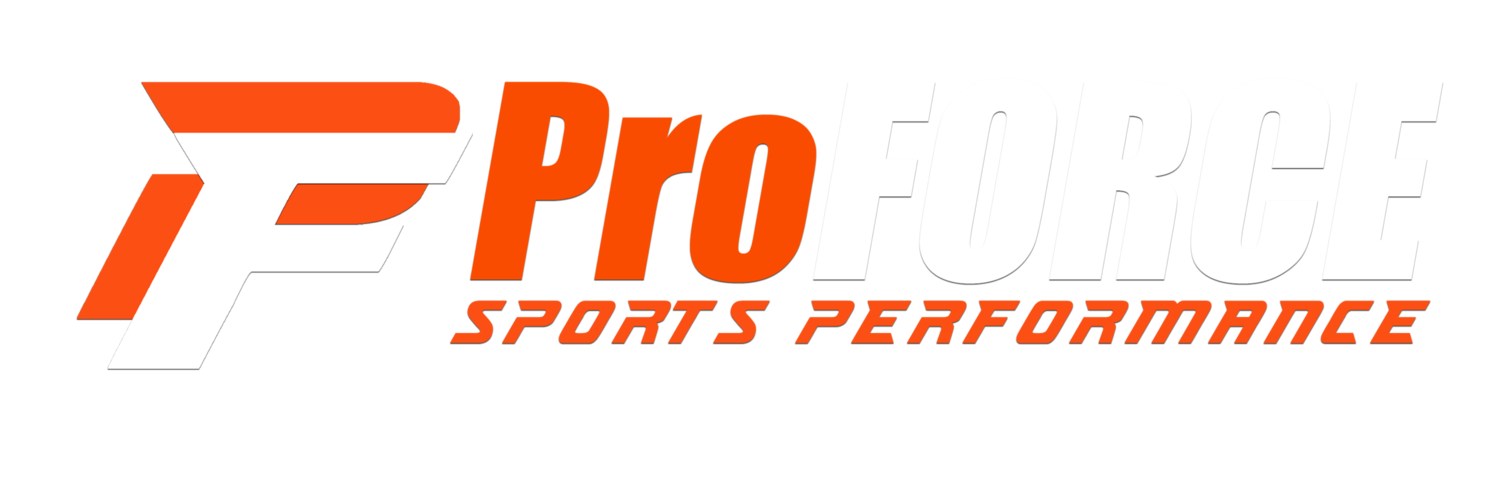Athletic performance varies widely from person to person, influenced by numerous factors including genetics, training, and biomechanics. One fascinating aspect of athleticism is the Infrasternal Angle (ISA), which can be categorized into three types: Wide, Neutral, and Narrow. Each of these angles correlates with different physical attributes and athletic strengths. Let’s delve into these archetypes to understand how they affect performance and training.
1. Wide Infrasternal Angle (ISA)
Characteristics
A wide ISA is typically greater than 90 degrees. Athletes with this type of angle often have a more robust ribcage and a broad chest.
Strengths
Muscle/Strength-Driven: Wide ISA athletes are generally powerful and muscular. They excel in activities requiring significant strength and force production.
Robust Breathing Mechanics: The broad chest allows for efficient lung expansion, beneficial for sports requiring sustained breathing patterns.
Athletes with a wide ISA often excel in strength sports such as weightlifting.
2. Neutral Infrasternal Angle (ISA)
Characteristics
A neutral ISA typically falls around 90 degrees. Athletes with a neutral ISA exhibit a balance of attributes and do not lean excessively towards either extreme of strength or speed.
Strengths
Versatile Athleticism: These athletes can adapt well to various sports and physical activities.
Balanced Development: They often have a well-rounded physical profile, making them versatile in both strength and endurance tasks.
Athletes with a neutral ISA have a versatile and balanced physical profile.
3. Narrow Infrasternal Angle (ISA)
Characteristics
A narrow ISA is less than 90 degrees. These athletes have a more tapered ribcage and a leaner upper body structure.
Strengths
Sprint/Fascial-Driven: Narrow ISA athletes excel in activities requiring speed, agility, and quick bursts of power. Their lean build and fascial tension contribute to rapid movements.
Efficient Force Transfer: The narrow ribcage allows for efficient transfer of force through the limbs, ideal for sports requiring explosive movements.
Athletes with a narrow ISA are typically swift and agile, excelling in sports like sprinting and gymnastics.
Conclusion
Understanding your ISA can provide valuable insights into your natural athletic predispositions and guide your training focus. Whether you have a wide, neutral, or narrow ISA, recognizing these traits can help you optimize your performance and achieve your athletic goals. Embrace your unique build, and let it inform your path to success in the sports arena.
Kevin Hollabaugh, MHA, CSCS, USAW, FMSC, CSAC
Ready to take your performance to the next level and understand your ISA Angle? Reach out to us at ProForce Sports Performance to schedule an evaluation with our team.

